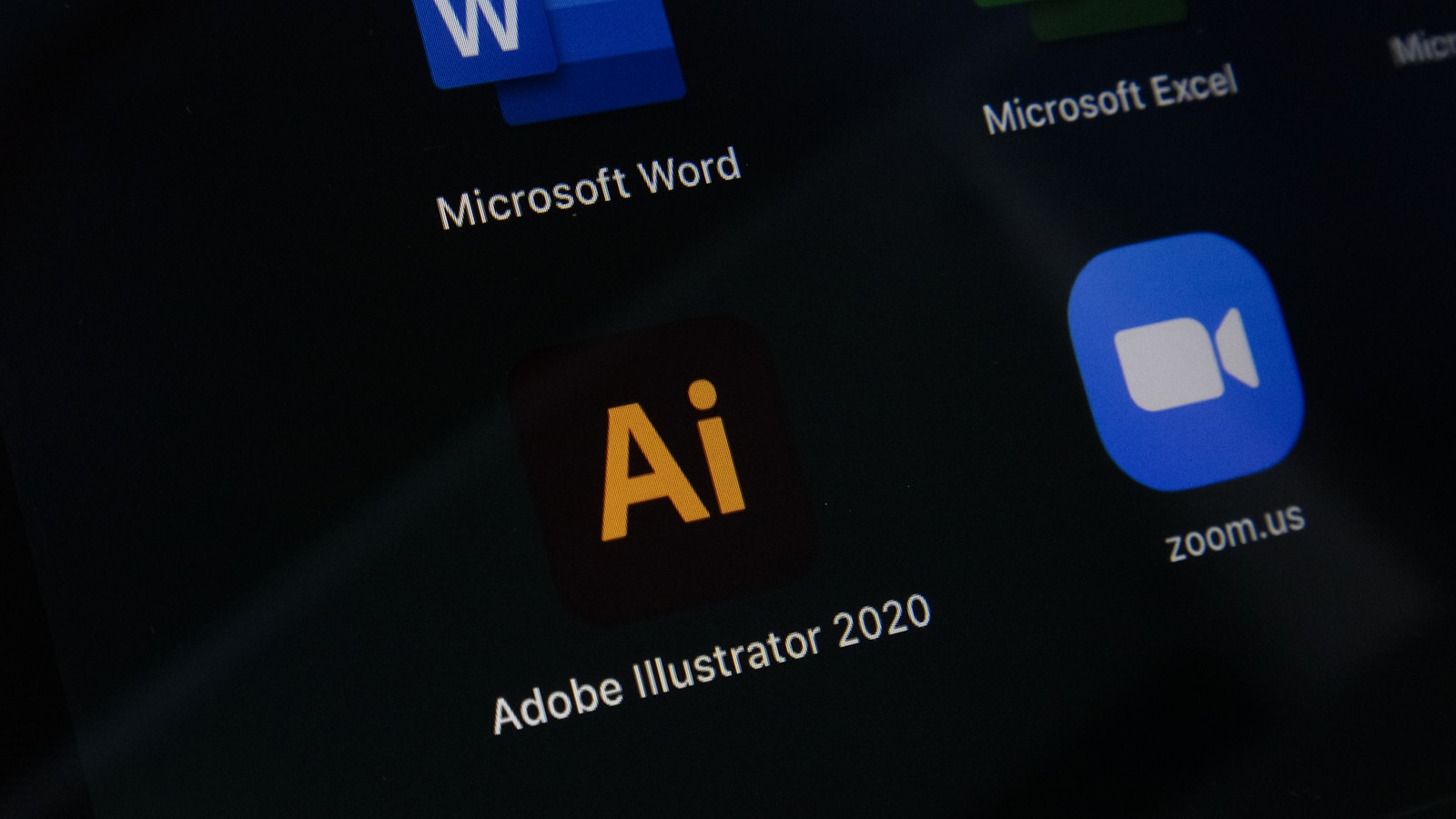In today’s fast-paced digital landscape, software updates are pivotal in enhancing user experience across devices. From smartphones and tablets to laptops and smart home gadgets, manufacturers continually roll out updates to improve functionality, security, and usability. This article explores how the latest software updates are reshaping user experiences and what trends are emerging in the process.

1. Enhanced User Interfaces
One of the most noticeable impacts of recent software updates is the enhancement of user interfaces (UIs). Companies like Apple and Google are constantly refining their operating systems—iOS and Android, respectively—to provide more intuitive and visually appealing experiences.
iOS 17, for example, introduced customizable lock screens, enhanced notification management, and improved widget functionality. These changes not only make the interface more personalized but also improve accessibility, allowing users to navigate their devices more efficiently.
Similarly, Android 14 has focused on simplifying interactions, offering new customization options for home screens and notifications that allow users to prioritize information more effectively.
2. Performance Improvements
Software updates frequently include performance optimizations that enhance device speed and responsiveness. Users often notice smoother transitions, faster app loading times, and improved battery management following these updates.
For instance, the latest updates to Windows 11 have optimized resource allocation, allowing for better performance on lower-end devices. This is crucial in a world where users expect seamless performance regardless of hardware capabilities. Improved performance not only enhances the overall user experience but also prolongs the lifespan of devices, reducing the need for frequent upgrades.
3. Increased Security and Privacy Features
With rising concerns over data security and privacy, software updates play a critical role in protecting users. Recent updates from major tech companies focus on enhancing security features, ensuring users’ personal information is safeguarded against evolving threats.
Apple’s recent privacy updates include features like App Privacy Reports, which provide users with insights into how apps are tracking their data. Such transparency empowers users to make informed decisions about their privacy settings.
On the Android side, Google has introduced enhanced security protocols in the latest Android updates, including improved biometric authentication methods and robust malware protection. These features not only protect users but also build trust in the brand and its products.
4. Integration of Artificial Intelligence
Artificial Intelligence (AI) has become a focal point in the latest software updates, significantly enhancing user experience. Companies are leveraging AI to deliver more personalized and intelligent interactions across devices.
For example, Microsoft has integrated AI features into Windows 11, such as Copilot, which assists users in completing tasks more efficiently. This integration streamlines workflows and reduces the time spent on mundane tasks, allowing users to focus on more critical aspects of their work.
In the realm of mobile devices, Google has embedded AI into various features of Android, such as real-time transcription and voice recognition capabilities. These advancements make devices more user-friendly and accessible, particularly for individuals with disabilities.
5. Interconnectivity Across Devices
With the proliferation of smart devices, interconnectivity has become a significant trend in recent software updates. Users now expect their devices to work seamlessly together, creating a cohesive ecosystem that enhances functionality.
Apple’s Continuity features allow users to start a task on one device and finish it on another, making transitions between devices smoother. The latest iOS updates have further improved this capability, enabling features like Universal Control, which allows users to control multiple Apple devices with a single mouse and keyboard.
On the Android side, Google Home updates have enhanced how smart devices communicate, allowing users to control their smart home gadgets from their Android devices more intuitively. This interconnectedness simplifies the user experience and creates a more integrated digital lifestyle.
Conclusion
The latest software updates are significantly transforming user experiences across various devices, focusing on enhancing interfaces, improving performance, increasing security, integrating AI, and promoting interconnectivity. As technology continues to advance, these updates will remain crucial in meeting users’ evolving needs and expectations.
By prioritizing user-centric improvements, companies can not only enhance their products but also foster brand loyalty and trust. Ultimately, as software continues to evolve, users can look forward to increasingly personalized and seamless experiences that elevate their interactions with technology.